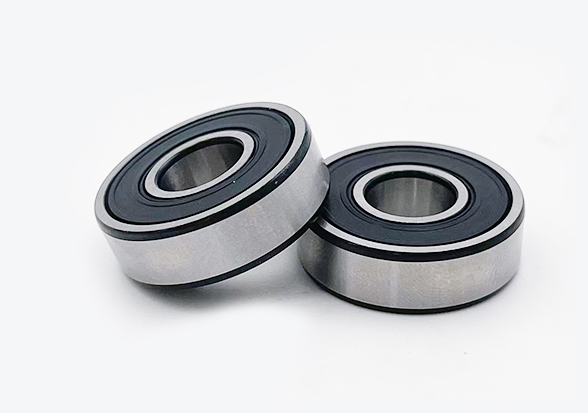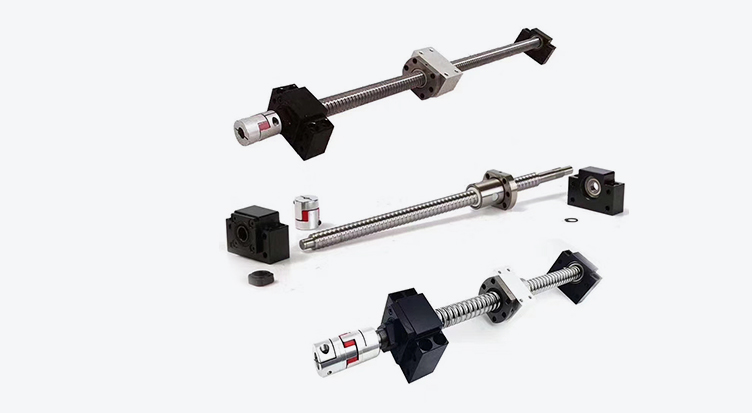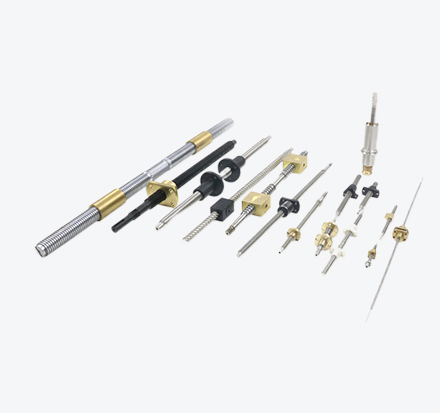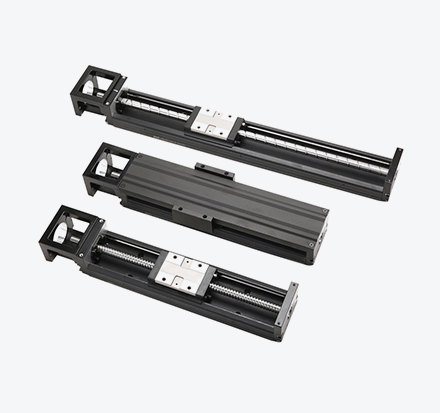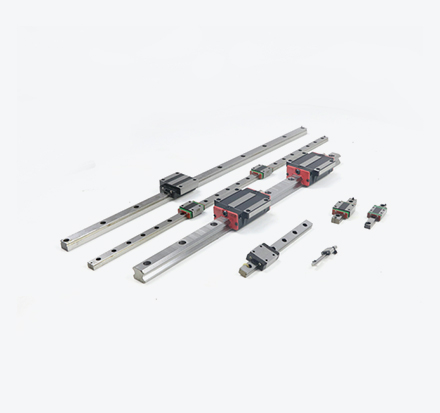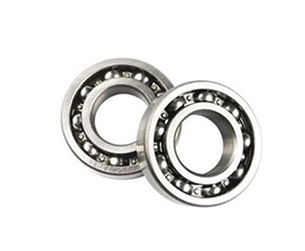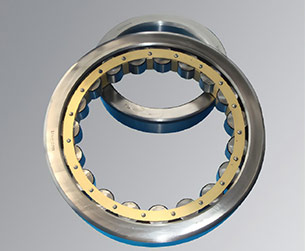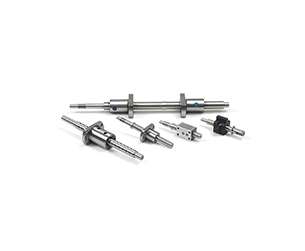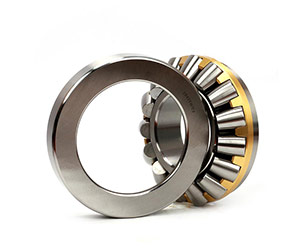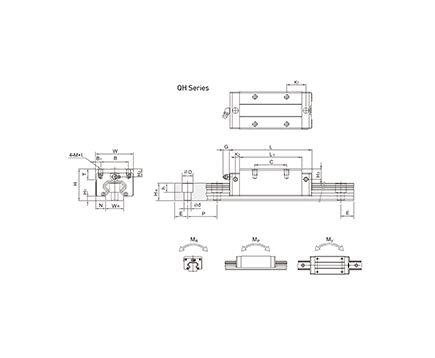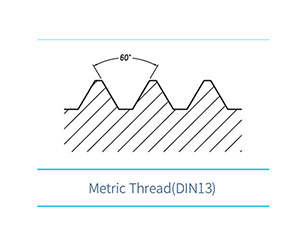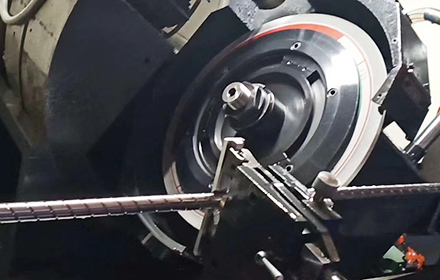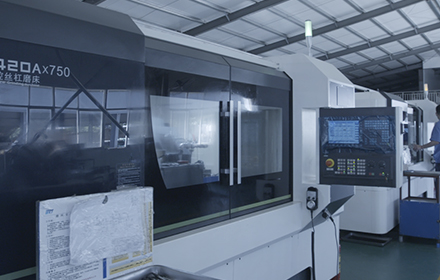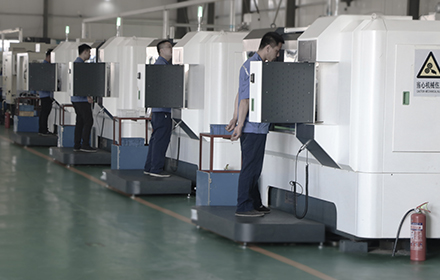In the dynamic world of aerospace engineering, precision, reliability, and efficiency are paramount. As technology continues to propel the boundaries of flight, one crucial component silently plays a pivotal role in ensuring the seamless movement of various mechanisms – the reciprocating ball screw. In this blog, we explore the groundbreaking role of reciprocating ball screws in aerospace engineering, driving innovation and shaping the future of aviation.
Precision in Flight: Navigating the Aerospace Landscape
Aerospace engineering demands an unparalleled level of precision, especially when it comes to controlling the intricate movements of aircraft components. Reciprocating ball screws excel in delivering this precision, serving as essential components in control surfaces, landing gear systems, and other critical aerospace mechanisms. Their ability to convert rotary motion into linear motion with high accuracy ensures that aircraft operate with the utmost precision, contributing to both safety and performance.
Reducing Weight, Enhancing Efficiency: Aerospace's Delicate Balance
Weight is a critical factor in aviation, directly impacting fuel efficiency and overall performance. Reciprocating ball screws, characterized by their lightweight design and efficiency, have become integral in achieving the delicate balance between structural strength and weight considerations. This makes them a preferred choice in aerospace applications where every ounce matters, contributing to the efficiency and sustainability of modern aircraft.
Silent Heroes of Flight Control Systems: Enhancing Maneuverability
Aircraft maneuverability is a defining feature of aerospace engineering, and reciprocating ball screws play a silent yet crucial role in flight control systems. Whether it's adjusting the ailerons for roll control, elevators for pitch control, or rudders for yaw control, these precision components ensure smooth and responsive movements. The reliability of reciprocating ball screw is particularly critical in emergency situations, where the ability to precisely control the aircraft is paramount.
Endurance in Extreme Environments: Aeronautical Adaptability
Aerospace environments are unforgiving, subjecting components to extreme temperatures, vibrations, and G-forces. Reciprocating ball screws are engineered to withstand these challenging conditions, offering durability and longevity. Their resilience in the face of harsh environments contributes to the overall reliability of aerospace systems, ensuring that critical components operate optimally even in the most demanding scenarios.
Future-Ready Innovations: Contributing to Next-Gen Aerospace Technologies
As aerospace engineering continues to push the boundaries of what's possible, reciprocating ball screws are evolving to meet the demands of next-generation technologies. From advanced materials to enhanced manufacturing processes, these components are at the forefront of driving innovation in aerospace engineering. Whether it's in the development of more fuel-efficient aircraft or the integration of cutting-edge avionics, reciprocating ball screws are indispensable in shaping the future of flight.
In conclusion, the role of reciprocating ball screws in aerospace engineering is both profound and transformative. As aviation technology advances, these precision components stand as unsung heroes, enabling the seamless and controlled movement of critical aircraft systems. The marriage of precision, efficiency, and durability positions reciprocating ball screws as indispensable contributors to the ongoing innovation that propels aerospace engineering into new and exciting frontiers.
 English
English
